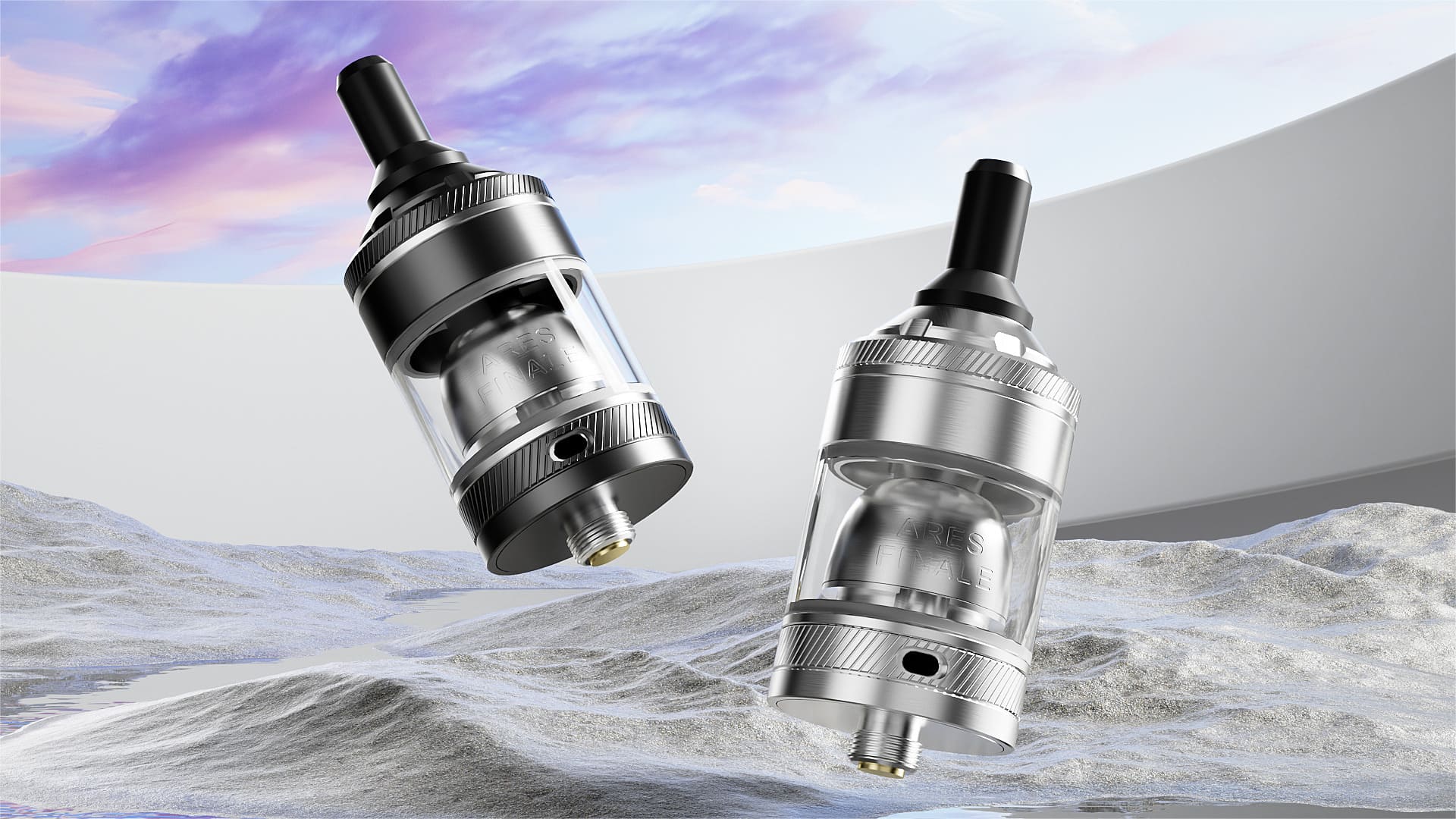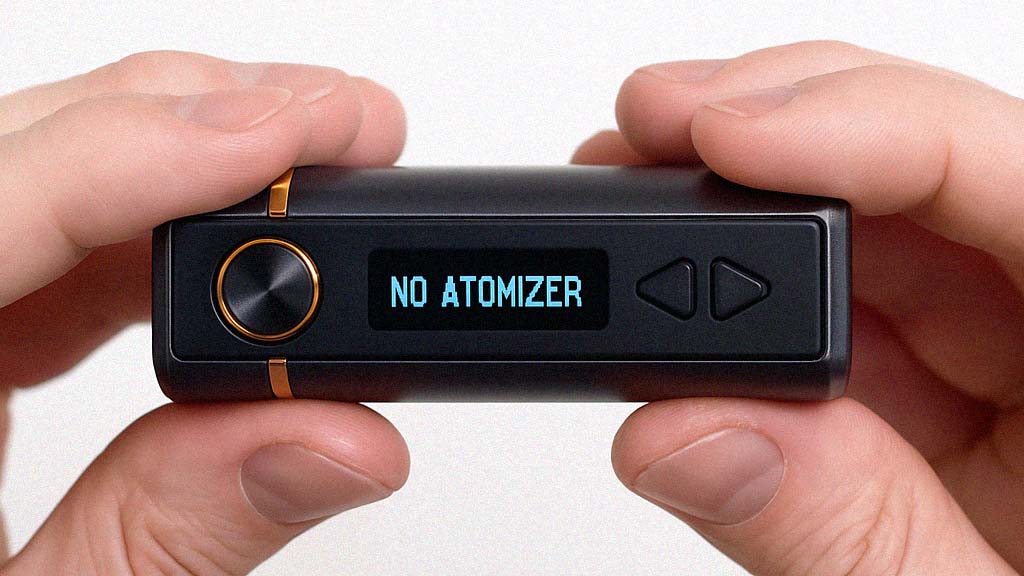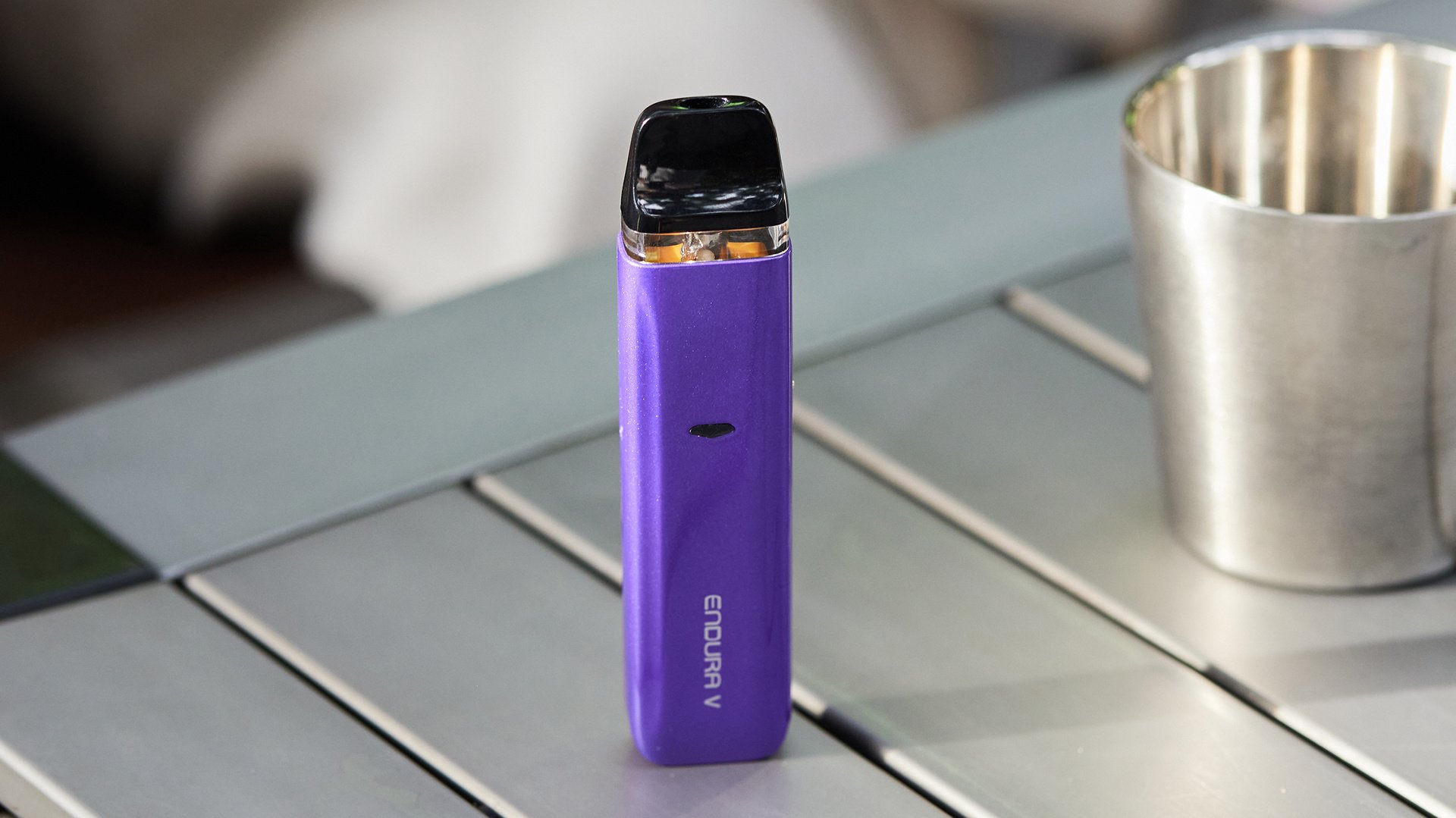If you use a vape tank or cartridge that screws into threading at the top of your device, there’s a good chance that your device uses a type of threading called the 510 thread. The 510 thread is one of the core technologies of the vaping industry and is the standard system by which almost all attachments connect to vaping devices.
You might not spend a great deal of time thinking about the technologies that make your vape mod or 510-thread battery work, but the fact is that almost all of the best vapes on the market today use this threading system – and it can be especially useful to understand how the 510 thread works if your vape isn’t functioning as it should.
In this guide to the 510 thread, we’re going to answer all of the questions you’ve ever had about this technology – along with a few questions that you might not have thought of before. Let’s jump right in.
What’s the Significance of the “510” Number?
The reason why the 510 thread is called “510” is because of the physical dimensions of the threading itself. There are 10 threads at all, with each thread measuring 5 mm. Although the 510 thread gets most of its attention from the vaping world today, it’s also a common thread type for other types of consumer electronics such as radio antennas.
What Are the Parts of the 510 Thread?
Depending on the design of your specific vaping device, the 510 thread consists of two or three parts. Those parts are:
- The base plate. This is the metal circle around the outside of the threading, which you’ll find on many vape mods but may not find on some smaller vape pens. The base plate provides some stability for the attached vape tank, and it may have notches to facilitate airflow for 510-thread vape cartridges that have air inlets in their bases. The base plate may attach to the mod with screws, making it possible for service personnel to access the underside of the threading for repairs.
- The threads. These are the metal threads that allow the tank or cartridge to attach to your vaping device. These are made from a material that’s hard and durable, such as stainless steel, zinc alloy or brass.
- The center pin. This is the component that touches the pin on the bottom of your tank or cartridge to facilitate the transfer of electricity. For maximum conductivity, this component is usually copper and may sometimes be gold plated. The pin will often have a spring under it to ensure that it’ll make a solid connection.

What’s the History of the 510 Thread?
The 510 thread is the most common thread used in vaping devices today. It isn’t the only thread type, though, and it also wasn’t the first. These days, it’s often possible to buy a vape mod or vape pen and replace the included tank with another tank made by a different manufacturer. This gives you the ability to upgrade and customize your vaping device to your liking, and it’s possible because almost all tanks and devices use the 510 thread.
In the early days, things were very different. Most of the vaping products on the market during the first few years were small cigarette-shaped devices that people now call “cigalikes.” Those products originated from many different factories, and they were generally intended to work only with the pre-filled e-liquid cartridges that were specifically designed for them. Although there was some interoperability between brands, the proprietary nature of the different threads essentially locked customers in to using only certain brands of cartridges with their e-cigarettes. When people wanted to change brands, they generally needed to buy entirely new devices.
That trend began to change when some hardcore members of the vaping community began to modify things like flashlight tubes and turn them into vaping devices. Those early devices were called “mods,” and we still use that term today to describe any vaping device that’s much larger than a conventional cigarette. By the time the first mods emerged, vape cartridges, cartomizers and tanks with the 510 thread already existed – and since 510 threads were readily available to hobbyists, it was natural for the first vape mods to use that thread type.
By the mid-2010s, manufacturers had taken notice of the strong demand for open vaping systems. The first mass-produced vape mods began to appear, and the industry coalesced around the 510 thread as a universal standard that worked for most applications.

What Other Thread Types Are There?
As we mentioned above, many different thread types were used during the early years of vaping because each manufacturer wanted to promote its own standard. Now that the 510 thread is used for almost all vaping products, most other thread types have been abandoned and are no longer in use. However, there are two thread types that you’ll see occasionally.
- eGo thread: This thread is used by some simple vape pens, especially ones designed to work with small pre-filled cartridges. Most 510-threaded attachments will connect to a vape pen that uses the eGo thread, although physical compatibility doesn’t necessarily mean that the components will work together. We’ll discuss that at greater length shortly.
- KR-808 thread: There are still some cigarette-shaped “cigalikes” in production today, and many of those devices use the KR-808 thread.
Some of the older thread types that are no longer used for vaping products today include the L88, 801, 901 and RN4081 threads.
Troubleshooting Issues with 510-Threaded Vape Devices and Tanks
How to Clean a 510 Thread
If you have a vape tank or cartridge that leaks, you’ll want to clean it promptly. Leaked e-liquid or vape oil can contaminate your device’s threading and prevent tanks or cartridges from working properly, either by restricting the transfer of electricity or by preventing the spring-loaded center pin in the threading from working properly. If you’re using e-liquid, you can clean your device’s threading with a dry cotton swab. If you’re using a thicker vape oil, dip the cotton swab in rubbing alcohol to dissolve the oil. You may need to use a few swabs to clean the threading completely.
How to Adjust a 510 Thread
In most cases, the center pin in a vaping device’s 510 thread is spring loaded. When you screw a tank into the threading, the pin at the bottom of the tank pushes against the center pin in your vape mod’s threading. The spring helps the two pins maintain firm contact. It’s usually not possible or necessary to adjust a vape mod’s center pin.
If your vape mod’s center pin isn’t spring loaded, it may be possible to adjust it manually. In this case, the pin will have an indentation for a screwdriver, and you can twist the pin to raise or lower it. In many cases, the pin will be reverse-threaded. This means that you’ll need to turn the pin clockwise to raise it and counterclockwise to lower it.
If you have a very simple vape battery – such as a 510-thread battery designed primarily for use with pre-filled vape cartridges – it’s possible that your device’s center pin is neither spring loaded nor adjustable. In this case, if you’re having trouble getting a cartridge to work with your battery, it may be possible to correct the issue by grasping the pin at the bottom of the cartridge with a pair of tweezers or needle-nose pliers and pulling it out slightly.

How to Understand and Troubleshoot Compatibility Issues with a 510 Thread
Issues with a vaping device’s 510 thread aren’t easy to troubleshoot because they often mimic other types of problems. If you’re using a simple 510-thread battery, your device’s light may blink when you try to vape if there’s an issue with the threading. If you’re using a vape mod with a screen, you may see one of the following error messages.
There are many possible causes for each of these error messages, but a problem with your device’s 510 thread is one of them. In this article, we’ve explained how to clean and adjust your device’s threading, and doing those things may fix the issue. It’s also important to make sure that the base of your tank or cartridge is clean and that the atomizer coil is properly installed and in good working order. It may be necessary to replace the coil.
If your vaping device still isn’t working after following all of the advice in this article, you should check your device’s specifications to make sure that it’s compatible with the tank you want to use. The fact that a vape tank fits your device’s threading may not mean that the tank will actually work. Every vaping device has a minimum atomizer coil resistance that it’s capable of supporting. If the resistance of your tank’s coil is lower than that, your device will blink or display an error message.
In most cases, a modern vape mod works with such a wide range of coil resistances that it’ll most likely work with any tank on the market. However, this may not be the case with an older device. If you’re trying to use a new vape tank with a vape mod that’s more than a few years old, it might be time for you to buy a new device. Likewise, simple vape pens and 510-thread batteries that are designed to work with small vape cartridges may not work with large sub-ohm vape tanks.
Hemok Wang
Hey! Hemok here, a vaping enthusiast with a passion for helping people quit smoking. My uncle was diagnosed with lung cancer a few years ago after smoking for more than 40 years. I do understand that quitting smoking isn't only a physical issue but also a mental one. It's just hard to go "cold turkey". I believe that vaping is one of the best solutions to make the switch only if you do it in the right way, and that's why I am here to share :)





